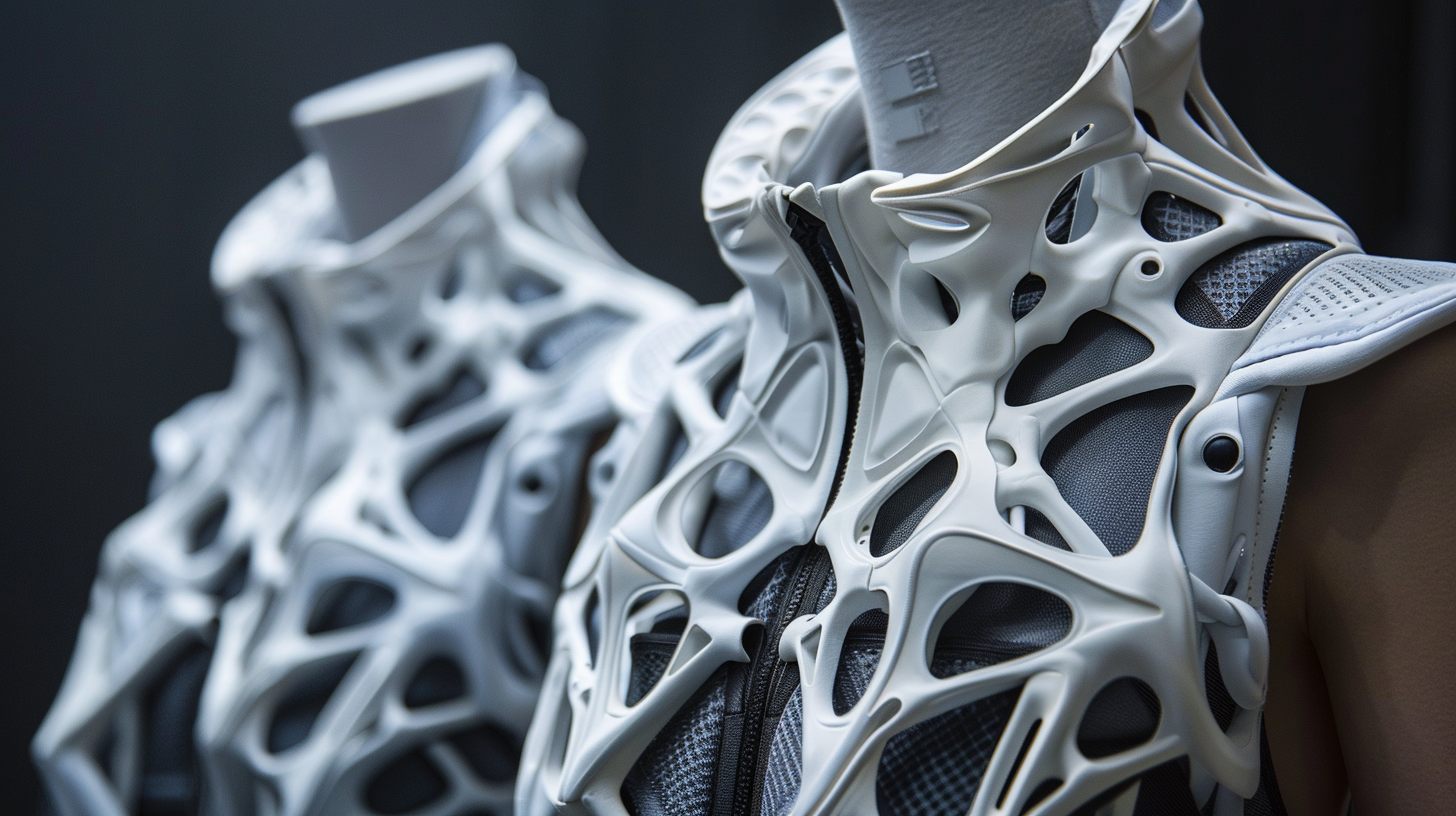SHOP
EXPLORE
GEAR FINDER
Add description, images, menus and links to your mega menu
A column with no settings can be used as a spacer
Link to your collections, sales and even external links
Add up to five columns
Add description, images, menus and links to your mega menu
A column with no settings can be used as a spacer
Link to your collections, sales and even external links
Add up to five columns
Add description, images, menus and links to your mega menu
A column with no settings can be used as a spacer
Link to your collections, sales and even external links
Add up to five columns
Add description, images, menus and links to your mega menu
A column with no settings can be used as a spacer
Link to your collections, sales and even external links
Add up to five columns

Embracing Biomimicry: Pioneering the Future of Technical Apparel with Nature-Inspired Innovation
March 08, 2024 2 min read 1 Comment
In the relentless pursuit of innovation, the technical apparel industry is turning to one of the most proficient engineers known to humankind: nature itself. This approach, known as biomimicry, seeks to emulate the models, systems, and elements of nature for the purpose of solving complex human problems.
Companies at the forefront of advanced material technology, such as Graphene-X, are harnessing the principles of biomimicry to develop clothing that not only pushes the boundaries of performance and sustainability but also aligns with the intricate efficiency found in the natural world.
The Concept of Biomimicry in Apparel Design
Biomimicry in apparel design involves studying the natural world's adaptations to engineer innovative solutions for clothing. By observing how organisms survive and thrive in their environments, designers can create technical wear that offers enhanced functionality, resilience, and efficiency. From the water-repellent properties of lotus leaves to the breathable yet durable structure of spider silk, nature offers a plethora of inspiration for the next generation of high-performance gear.
The Role of Advanced Materials in Biomimetic Apparel
Advanced materials play a crucial role in bringing biomimetic designs to life. Companies like Graphene-X leverage cutting-edge technologies to replicate nature's genius. Graphene, with its exceptional strength, conductivity, and flexibility, serves as a foundation for developing fabrics that mimic the superior qualities of natural materials. By integrating graphene into technical apparel, these companies are not just imitating nature's designs but enhancing them with modern science and engineering.
From Inspiration to Integration: The Process of Biomimetic Design
Observing Nature's Mastery
The initial step in the biomimetic design process involves in-depth observation and analysis of natural phenomena. Researchers and designers study specific traits and mechanisms of plants, animals, and ecosystems to identify potential applications in apparel.
Translating Nature into Technology
Once a natural model is identified, the next challenge is translating its properties into wearable technology. This stage requires a multidisciplinary approach, combining insights from biology, chemistry, physics, and engineering to develop materials and structures that embody the desired natural characteristics.
Testing and Refining
Developing biomimetic apparel involves rigorous testing to ensure that the final product not only mimics the functionality of its natural inspiration but also meets the high standards of technical performance. This iterative process of prototyping, testing, and refining is crucial for achieving the optimal balance between biomimicry and wearability.
Case Studies: Nature-Inspired Innovations in Technical Apparel
Bleeding-edge tech wear companies have already introduced groundbreaking products inspired by the marvels of the natural world. One example is waterproof shells inspired by the lotus leaf, offering superior water repellence while remaining breathable and lightweight.
The Future of Biomimetic Technical Apparel
The exploration of biomimicry in technical apparel is just beginning. At Graphene-X we are delving deeper into nature's blueprint, as we come to understand that the potential for innovation is boundless. From self-healing materials inspired by human skin to adaptive camouflage based on cephalopod skin, the future of technical wear is set to redefine the boundaries of what is possible. Beyond performance, biomimicry also offers a path towards more sustainable and environmentally friendly apparel production, echoing the natural world's efficiency and minimal waste.
Join us on this exciting journey as we draw inspiration from the greatest designer of all—nature itself.
1 Response
Leave a comment
Comments will be approved before showing up.









heasqlyucd
November 04, 2024
Muchas gracias. ?Como puedo iniciar sesion?